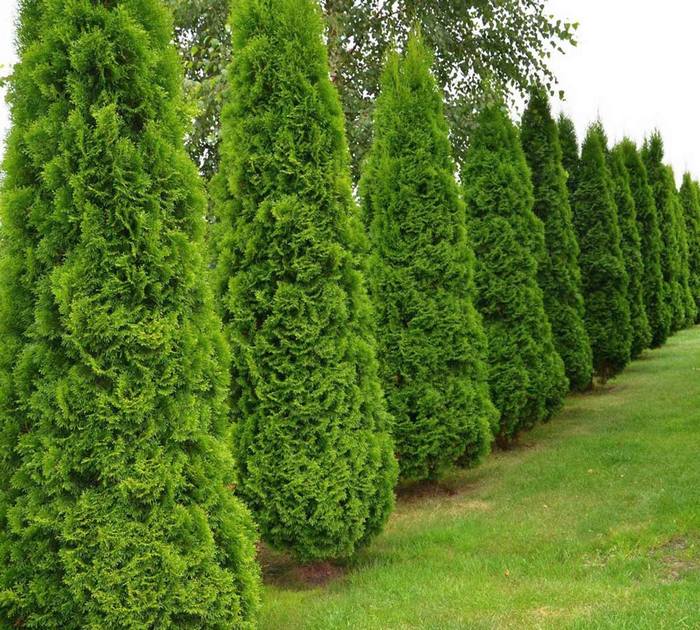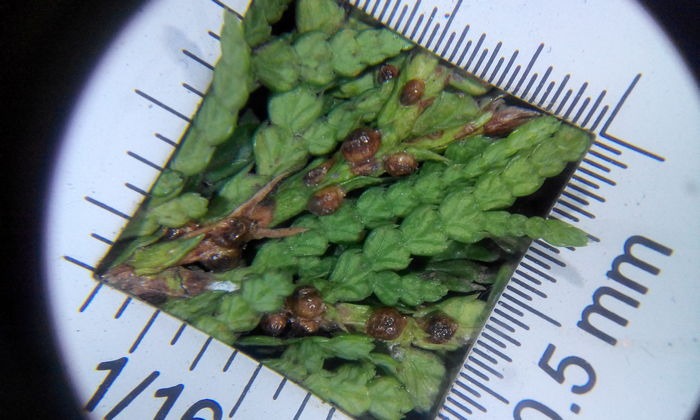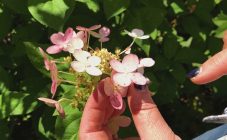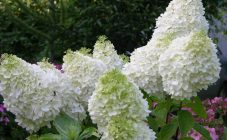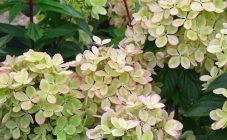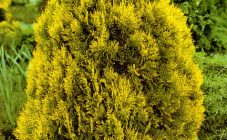Content:
The thuja plant, popular due to its beauty, belongs to the Cypress genus. It is unpretentious in cultivation, it is often used for landscape design, improvement of garden, park areas, private plots. Most often, gardeners plant thuja Spiralis.
Variety characteristics
Tuya Spiralis belongs to the classic representatives of the western subspecies. It differs from analogues due to its large size. The shrub can grow up to 30 m in height.
Distinctive features in the description of thuja Spiralis:
- pyramidal crown shape;
- dense crown of dark brown, brown color;
- oval cones with a bright green hue.
Thuja Spiralis was brought to Russia from North America. Today in the post-Soviet space it is often used as an ornamental plant. On average, the shrub reaches a height of 12-15 m with a crown diameter of 1.5-2 m.It grows quite quickly, an increase of 18-20 cm can be observed annually.Under favorable conditions of care and maintenance, it can reach 30 cm.
Thuja occidentalis Spiralis has an even trunk without curvature or defects. The growth of the crown is uneven, so the plant needs constant pruning and shaping. Because the side branches curl in a spiral, the shrubs are often used as unique, whimsical decors.
Landing
Experienced gardeners recommend planting thuja in lighted areas. Otherwise, the crown will be faded, losing its fluffiness and attractiveness.
For planting seedlings, you can choose the simplest soils, for example, saturated with peat or clayey, dry. In any case, drainage must be provided (at least 12-15 cm).
Planting technology of seedlings:
- Having decided on the landing site, dig a hole 60-80 cm in size.
- Prepare the soil mixture for planting in advance, including sand, peat and turf in a ratio of 1: 1: 2.
- Special attention should be paid to the acidity level of the soil, it should be no more than 6 pH.
- Plant a thuja seedling, water abundantly with 1-1.5 buckets of water.
Further care
After planting, it is important to provide decent care. Thuja should be watered with at least 10 liters of water per 1 bush. In hot dry weather, its amount is increased, and the crown is also sprayed.
It is also necessary to carry out loosening of the soil (7-10 cm) and mulching (peat), especially during the growing season. This is due to the fact that thuja Spiralis has a superficial root system.
For winter, you need to provide a high-quality shelter for the thuja, since frosts can affect the further growth and beauty of the plant crown.
Diseases and pests
Despite its unpretentiousness and resistance, the shrub can get sick or become a refuge for insect parasites. The most common pests and ailments are:
- Phytophthora- the most dangerous disease affecting the root system, after which the plant withers. For treatment and prevention, fungicides are used for irrigation. It is also recommended to remove the ground around the thuja by adding a new one.
- Rust has a fungal nature of occurrence, from which yellowed needles fall off. Mostly young plants that have not been given proper care are sick. It is also treated with fungicides.
- False shield characterized by the appearance of yellow ulcers on the trunk of the spiral thuja. For destruction, drugs such as rogor, antio, karbofos are used.
Thuja Spiralis in landscape design
Tuya Spiralis looks spectacular in landscape composition:
- Evergreen shrubs of thuja Spiral decorate the front entrance, are used for hedges, dividing zones on the site.
- With the help of thuja, rockeries are made out, combining several subspecies.
- From clipped plant species create a unique architectural decor on the site.
- Thuja Spiralis looks great in combination with a rose garden, a beautiful blooming hydrangea in a flower bed.
It is not difficult to grow thuja Spiralis if you follow the rules of care and plant it in accordance with the recommendations of experienced gardeners.
